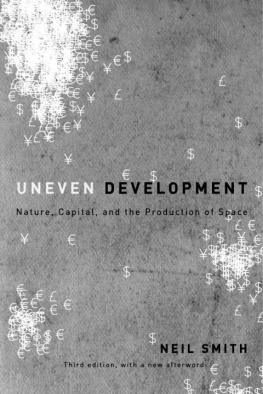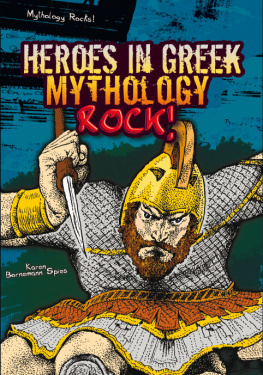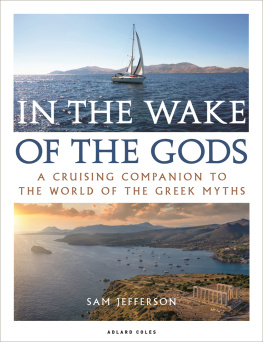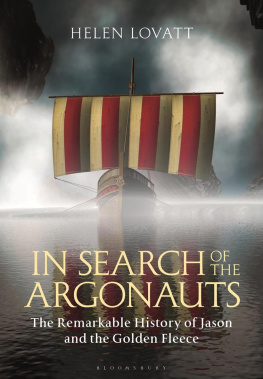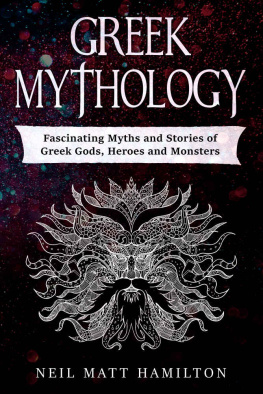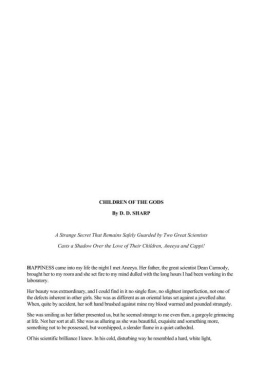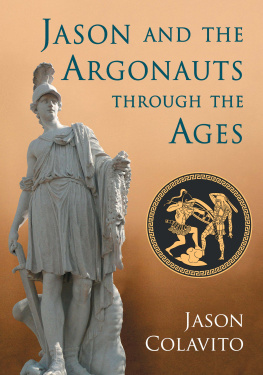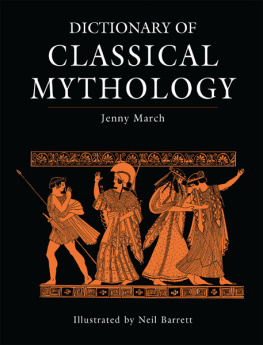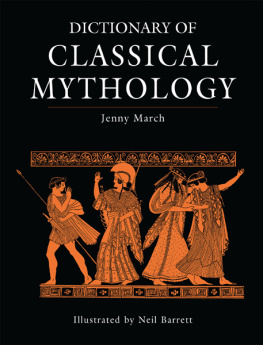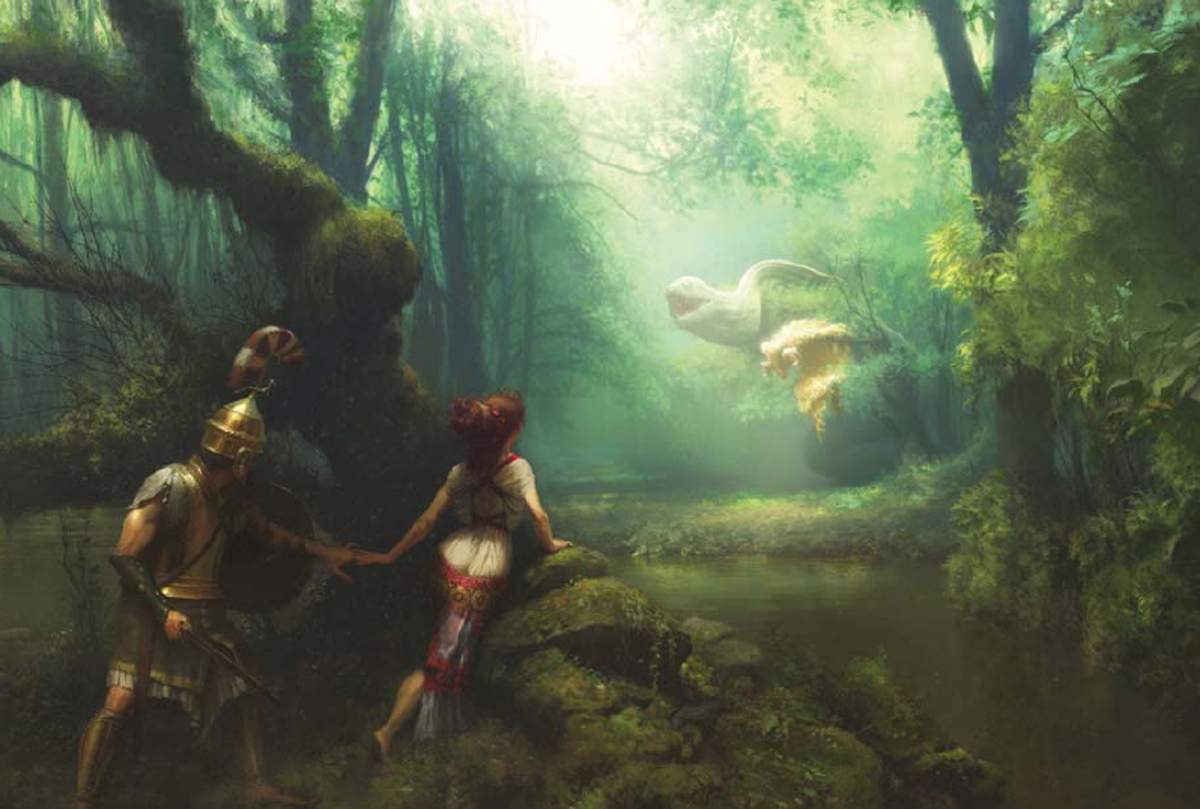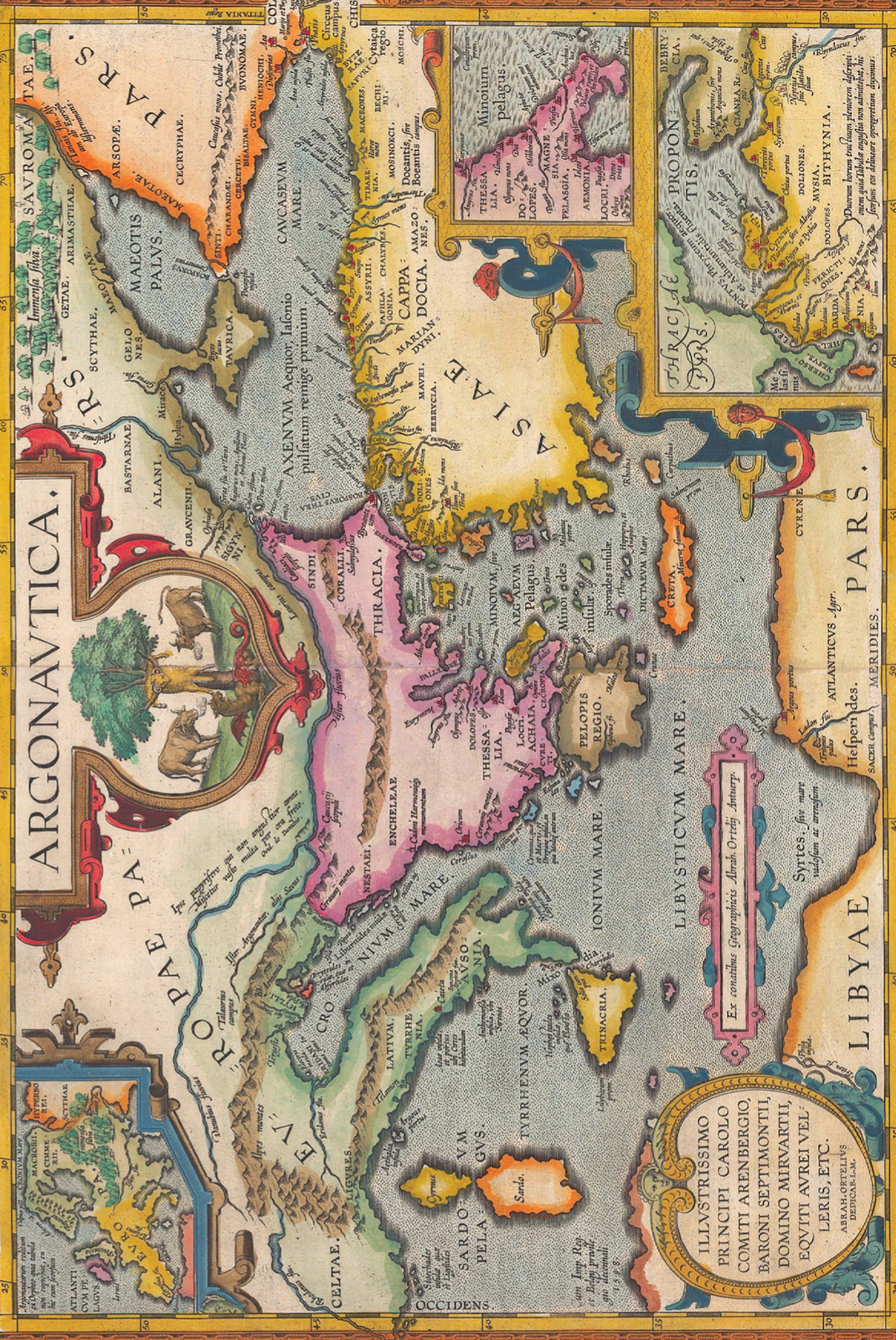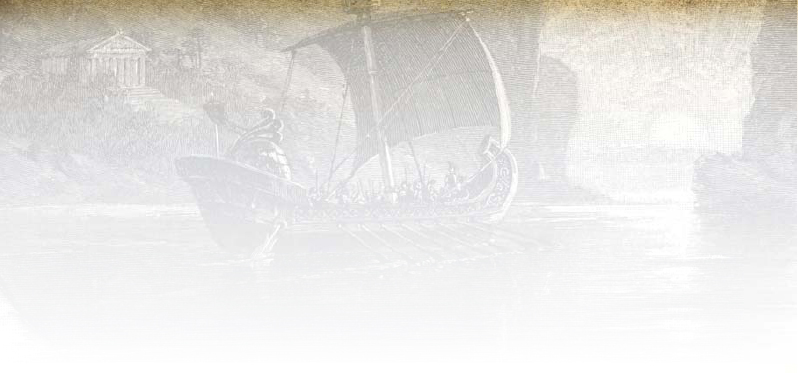JASON AND THE
ARGONAUTS
AUTHOR: NEIL SMITH
ILLUSTRATOR: JOS DANIEL CABRERA PEA
CONTENTS










INTRODUCTION
The story of Jason and the Argonauts, and their search for the Golden Fleece, is one of the oldest in the western canon. As such, it sits beside Homers Iliad and Odyssey as one of our few non-archaeological insights into the world of Bronze Age Greece. At its most basic level, the story tells of a voyage of exploration from Iolcus in Greece along the Black Sea to the kingdom of Aetes, in the vicinity of modern-day Georgia.
The journey probably took place around 1300 BC, before the wars with Troy described by Homer. As with Homers epics, though, the retelling of events through the ages introduced contemporary ideas and mores into the original story, creating a fog of information that has taken sophisticated scholarship to penetrate. Even with all that work, many mysteries remain, and debate continues over the major issues of myth and history, cultural interpolation, and the meaning of the story.
Jasons story began life as an oral history passed down through the generations. The most complete written version that has survived was recorded by the Hellenistic scholar Apollonius of Rhodes in the first half of the 3rd century BC. He worked at the library of Alexandria and infused the story of Jason with the latest cultural and scholarly knowledge. Apolloniuss literary inspiration probably came from the 5th century Theban poet Pindar, who wrote a brief account of Jasons voyage in his fourth Pythian ode. It would be another three hundred years before an updated version of the Jason myth was again written, this time by a Roman, Gaius Valerius Flaccus.
As with Apollonius, little is now known about Valerius Flaccus. He lived in the first century AD in the town of Setia, south of Rome, and may have been reasonably prominent amongst his contemporaries. His only existing work, however, is the incomplete Argonautica. Flaccus based the style of his poetic version on Virgils Aeneid, but his epic was not of the same quality. Nevertheless, Flaccuss version of the myth added significant new elements to the story and opened up debates over the characters involved, especially the hero of the story and his relationship to both his crew and Medea. With two versions available to them, literary historians have embarked on their own voyage into the nature of the epic poem, and how the story has been told through the ages.
Various modern translations of Apollonius and Valerius Flaccus have been attempted, along with two big movie productions and a video game. While they differ in intent and accuracy, texts and movies point to a continued fascination with the story of Jason, his hunt for the legendary Golden Fleece, and his dramatic love affair with the enigmatic princess and sorceress Medea.
At its heart, the Argonautica is a quest story that sets the narrative foundation for future great adventures, such as the medieval Grail-quest romances of King Arthur and Tolkiens Lord of the Rings in the twentieth century. They are all stories in which men and women interact with supernatural forces while undergoing a series of trials on their way to recover a mystical object; monsters stalk the adventurers and some die along the way; heroes rise and fall according to circumstance, and romance is never far away.
Somewhere along the path, through the mists of time, and amidst intense scholarly analysis, the incredible story of Jason and his intrepid crew has become obfuscated in many ways. We no longer believe in the gods of the Greeks, for example, and reconstructions of the quest are rationalized on the basis of modern knowledge. Some analysts are more focused on literary aspects, and movies have their own agendas to pursue. This version of the tale presents the Argonautica without judgement or prejudice, as a straightforward story for the enjoyment of the reader, compiled from the various translations most conspicuously those of Apollonius, with the assistance of Valerius Flaccus.
A 17th century map illustrating the regions through which Jason and the Argonauts travelled.
BOOK I: THE JOURNEY BEGINS
The Man with One Sandal
The story of how Jason and his Argonauts retrieved the Golden Fleece begins in the small kingdom of Iolcus in eastern Greece. It was here that Pelias usurped the throne from his half-brother, Aeson, in a ruthless coup, and launched a reign of terror. An oracle had warned the new king that he would die at the hands of a descendant of Aeolus. Pelias therefore set about killing every Aeolian he could lay hands on, but spared Aeson for the sake of their mother. Aeson instead had to renounce his inheritance and remain a prisoner in Peliass palace. The kings mercy did not extend to any child of Aesons, however; so when Aesons wife gave birth to a son, she and her midwives pretended he was stillborn. He was then smuggled out of the city to the safety of Mount Pelion where Cheiron the Centaur raised him as Jason. On reaching manhood, at the age of twenty, Jason set off for Iolcus to recover his rightful inheritance. Cheiron wished him well and waved goodbye, and, with that, Jason walked off to find his destiny.

The Education of Achilles by James Barry. Cheiron the Centaur served as a tutor and surrogate father to many of the heroes of Ancient Greece, including Jason.
A second oracle had cautioned Pelias that the man prophesied to kill him would arrive while wearing only one sandal. Years passed but no one fitting that unusual description came to Iolcus, and the king got on with the business of ruling his kingdom. One of the most important functions of Greek rulers was to honour the gods through regular devotions, feasts, and games. Pelias also had a personal reason to do so, as his father was Poseidon, god of the sea. Conversely, dishonouring the gods could result in dire consequences, especially for kings.



